कोशिश गोल्ड - मुक्त
Brushstrokes
Flight Journal
|October 2018
Nose art goes to war.

The depiction of intricate designs, figures, and names painted on war machinery was an age-old tradition long before World War II fighters and bombers entered the fray. The Vikings adorned their warships with likenesses of dragons, chesty ladies, and clan crests. European knights decorated their swords and shields with similar designs, and not to be outdone, the Indians of the American West painted their ponies in preparation for battle.

Nose Art at the Beginning
During the “war to end all wars” (i.e., WW I), the various pieces of war machinery soon became the background for aspiring artists. One of those was Walt Disney. As an ambulance driver, Disney observed the ugliness of war firsthand and whether as a relief from insanity or simply as a morale builder, he painted the canvas sides of his ambulance with early versions of some of his yet-to-be-born cartoon characters. And aircraft on both sides of the trenches were adorned with a variety of artwork, including a loved one’s name and fairy-tale cartoons, to name a few.
After the war ended in 1918, the nose art on aircraft subsided and began to fade, with the exception of squadron artwork on certain early military aircraft. But nowhere was military artwork more revered and colorful than on the fuselages of U.S. Army Air Corps aircraft during WW II.

Making an Airplane “Mine”
यह कहानी Flight Journal के October 2018 संस्करण से ली गई है।
हजारों चुनिंदा प्रीमियम कहानियों और 10,000 से अधिक पत्रिकाओं और समाचार पत्रों तक पहुंचने के लिए मैगज़्टर गोल्ड की सदस्यता लें।
क्या आप पहले से ही ग्राहक हैं? साइन इन करें
Flight Journal से और कहानियाँ
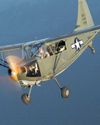
Flight Journal
WARBUG IN THE PACIFIC
Surviving combat in a Stinson OY-1/L-5
10 mins
September - October 2025
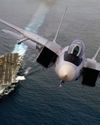
Flight Journal
WINGS OF THE FLEET
Celebrating the U.S. Navy's 250-year legacy
9 mins
September - October 2025
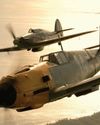
Flight Journal
THEIR FINEST HOUR
85 summers ago, the British Royal Air Force and Nazi Germany's Luftwaffe fought the world's first great air campaign
7 mins
September - October 2025
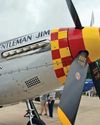
Flight Journal
Warbirds & more at Innovations in Flight
SEVEN P-51S AND THE B-29 “DOC” were among the warbirds that flew in for the Smithsonian National Air and Space Museum's “Innovations in Flight” day on June 14 at the Steven F.
2 mins
September - October 2025
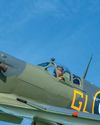
Flight Journal
MALTA SPITFIRE
American fighter ace Claude Weaver III DFC DFM
16 mins
September - October 2025
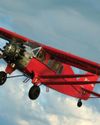
Flight Journal
Pacemaker: Bellanca's 1929 Heavy Hauler
North Country workhorse
2 mins
September - October 2025
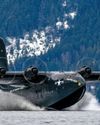
Flight Journal
A TALL ORDER
The final flights of “Philippine Mars”– the last airworthy Martin JRM Mars flying boat
12 mins
September - October 2025
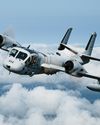
Flight Journal
Mohawk vs. MiG
An unusual air battle over North Vietnam
7 mins
July - August 2025
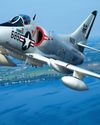
Flight Journal
GOING FOR IT!
A-4 Skyhawks strike hard in the Tet Offensive
11 mins
July - August 2025
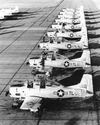
Flight Journal
ZORRO STRIKES
The T-28's secret war in Southeast Asia
15 mins
July - August 2025
Translate
Change font size
